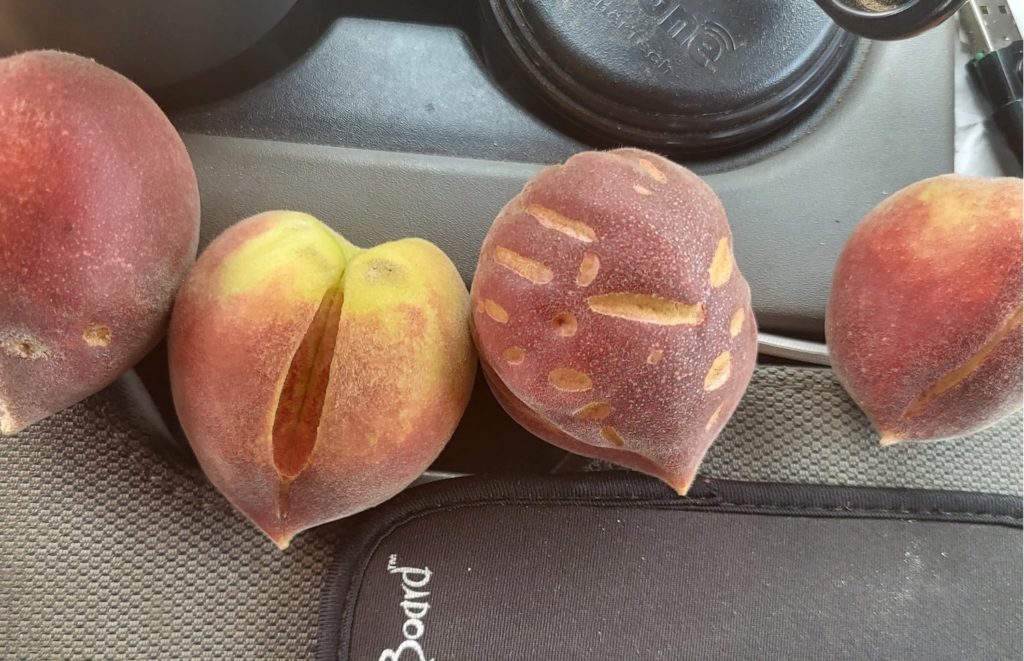By Clint Thompson
Peach producers struggling to produce a crop this year are likely already starting to think about next season. It is all about reducing input costs at this point, believes Jeff Cook, University of Georgia Cooperative Extension agriculture and natural resources agent for Peach and Taylor counties.

“Going forward, they’re probably going to do as little as possible until our winter scale insect sprays, just to try to minimize any costs they’ve got to put out there. Try to reduce what we’re putting into the orchards that have absolutely nothing,” Cook said. “Just try to cut costs to minimize the bleeding.”
Summer pruning is not an option this year due to the lack of labor. H-2A workers are not available because of the lack of peaches on the trees to be harvested.
Georgia’s peach crop was devastated by two freeze events this past March, which followed an unseasonably warm February. Cook said orchards were about 10 days ahead of schedule on early-to-mid-season varieties. That advancement left the peach trees vulnerable to temperatures in the mid-20s.
“We’ve had some tough years; 2007 I think it was, we had a freeze year. Then in 2017 we had a low chill year, and that impacted production. Based on everything everybody says, I think you have to go back to the 1950s to see a year that is this bad where we truly did lose such a high percentage of the peaches,” said Phil Brannen, University of Georgia (UGA) Cooperative Extension fruit disease specialist.
“This year is kind of a double whammy, because on the lower chill hours, those are the ones that bloomed early and got frozen out. On the high chill varieties, we’ve had issues because we didn’t have enough chill this year for those varieties. We’re having a freeze year, and we’re having a low chill year. It’s a combination of two things, but mainly a freeze though.”
Cook added, “It’s one of the worst years in probably the last 30, and hopefully, it’s one we don’t see again for a while.”









